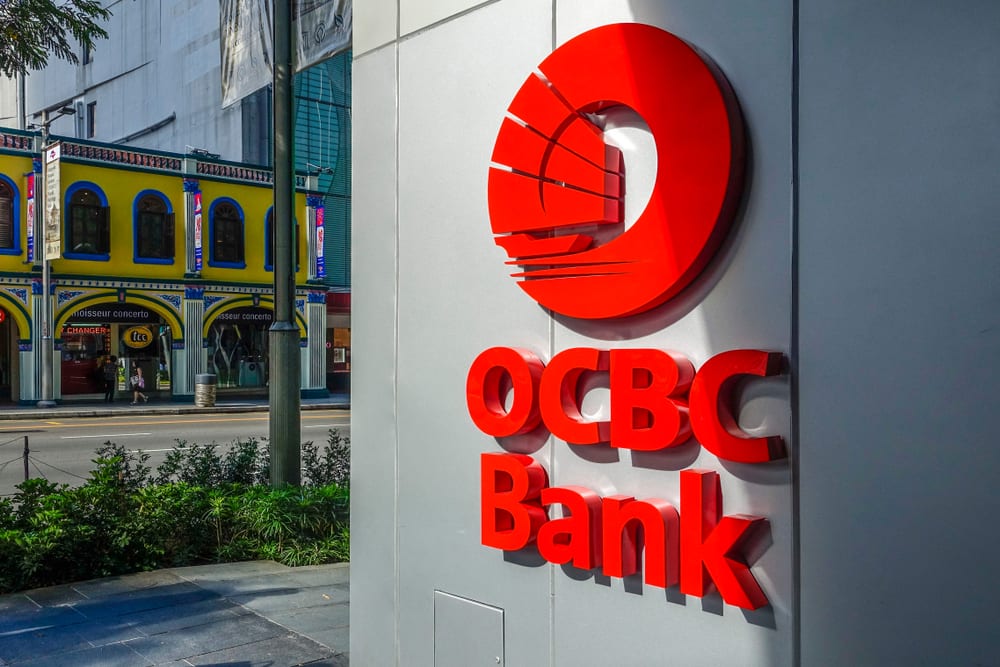No record-high earnings for Singapore banks in 2024, but loans to recover
The US Federal Reserve is expected to start cutting rates in mid-2024.
Don’t expect Singapore banks to hit new record earnings this year– thinner interest margins are in the books, although loan growth should be higher, says S&P Global Ratings.
The expected rate cuts by the US Federal Reserve, alongside impending Basel III reforms, will likely lead to interest rates to fall in 2024. This, in turn, will hit banks’ net interest margins (NIMs). S&P estimates that NIMs will moderate to 2% for 2024, 1.8% for 2025, compared to the 2.2% in 2023.
High interest rates have rapidly boosted interest incomes in the past year, even as the cost of funds was slow to catch up. However, borrowing was weak for Singapore banks.
“Companies have become more cautious about taking on new loans as borrowing costs have gone up, with some cash rich borrowers paying down their obligations to manage their financing costs,” S&P wrote.
For the coming year, this dynamic will turn upside down: interest rates are likely to fall in 2024, but loan growth will be stronger later in the year.
Borrowing appetite could be reignited as interest rates decline. Given that interest rates are coming off historically high levels, the pick-up will be gradual initially, likely around low single digits of 1%-3% in 2024,” S&P said.
By 2025, S&P expects a 3% to 5% annual loan growth.
Non-performing loans down
Despite interest rates in the Lion City hitting its highest in two decades, banks’ asset qualities are okay– with the ratio of bad loans improving.
“Benign credit conditions and low delinquency have pushed reported NPLs to even lower levels,” S&P noted in its report. “We attribute this to the broad-based economic recovery across Southeast Asia. The bulk of Singapore bank’s exposures are to stable economies. The main market of Singapore is a high-income and well-diversified economy, with strong household and corporate balance sheets.”
Corporates with strong fundamentals have also been paying down their loans to manage their financing costs amid high interest rates; an illustration of their financial strength and financing flexibility, the ratings agency added.
Asset quality is expected to hold in the case of the US Fed enacting rate cuts in mid-2024.
“We forecast that Singapore banks will maintain some of the lowest credit costs among regional peers,” S&P said.
Pockets of weakness in the commercial real estate sector will not have a material impact on Singapore banks. S&P estimates that commercial real estate office loans account for about 10%-15% of the banks’ total loans.
However, a slower-than-expected recovery of China’s property sector, or worsening geopolitical tensions, could have negative knock-off effects throughout Asia.
A “higher for longer” scenario where rates remain sticky will also lead to asset quality issues amongst Singapore banks. Loans to small and midsized enterprises and unsecured consumer portfolios would be most vulnerable, S&P said.





